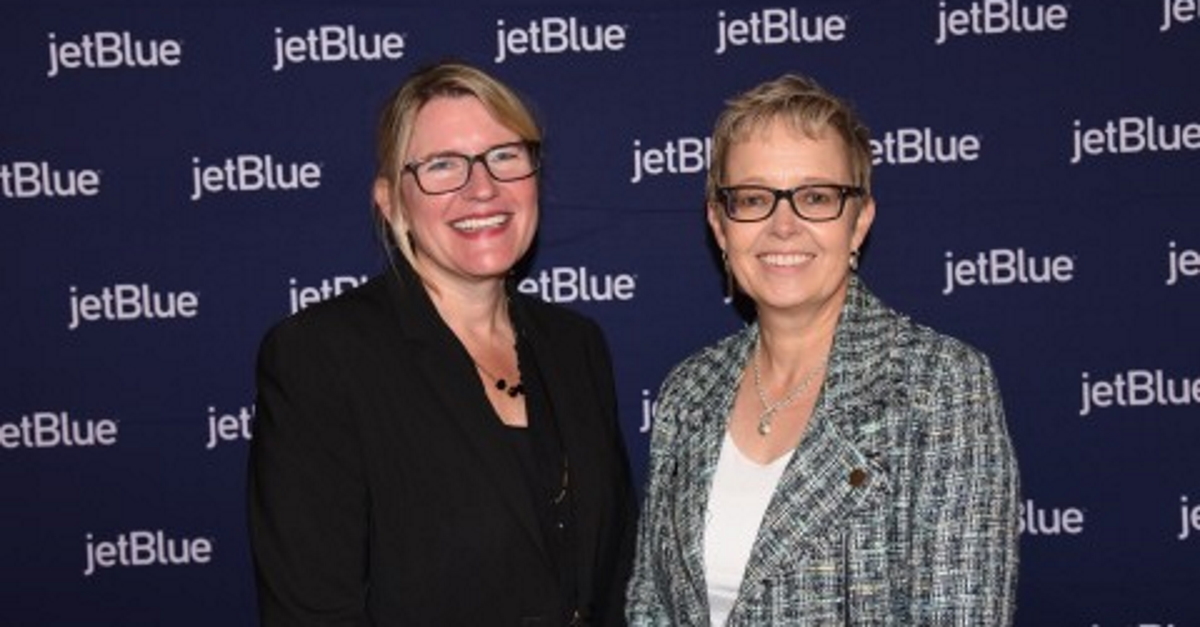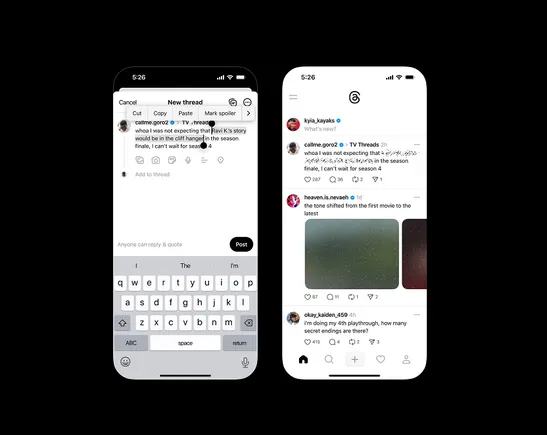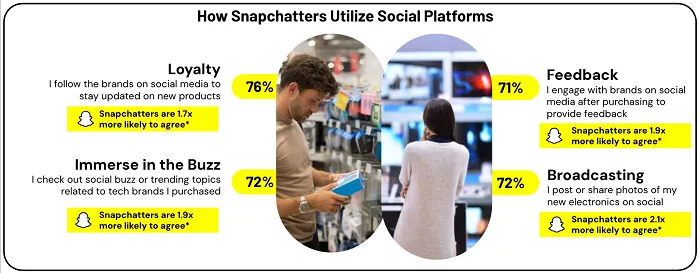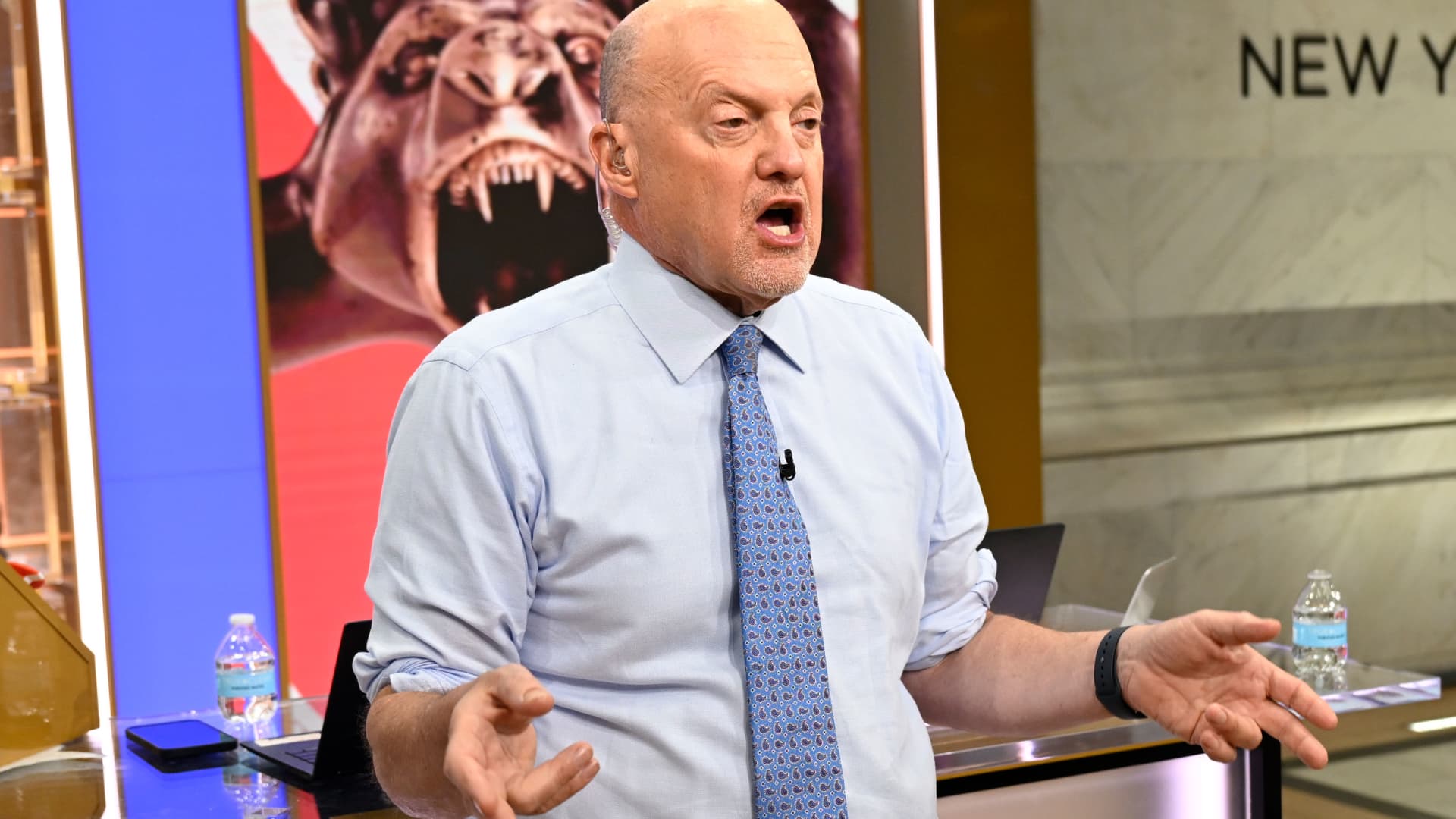Amid rocky FAFSA rollout, Education Department looks to smooth the so-far bumpy debut — 'too little, too late,' expert says
The U.S. Department of Education said it will help colleges process FAFSA forms without further delay.


The U.S. Department of Education announced Monday it is introducing a "FAFSA College Support Strategy" with additional personnel, funding, resources and technology to help colleges process the new Free Application for Federal Student Aid forms after the rollout was repeatedly complicated by a number of setbacks.
"We are determined to get this right," U.S. Secretary of Education Miguel Cardona said in a statement. "We must, and we will."
However, the consensus among college financial aid administrators seems to be that it is "too little, too late," said higher education expert Mark Kantrowitz.
More from Personal Finance:
Here’s what to do if your financial aid letter is late
Biden administration forgives $4.9 billion in student debt
College enrollment picks up, but student debt is a sticking point
Under the new strategy, federal experts will work with high-need institutions, including historically Black colleges, to make sure they have the tools they need to process applicant data, the department said on the press call Monday. It will also offer a "concierge service" to answer questions from colleges about the new form and help schools drive FAFSA completion so students can get their aid packages in time.
Last week, the Department of Education said colleges won't receive FAFSA applicant information until early March, instead of late January as initially estimated, potentially delaying financial aid award letters until April or later.
Award letters are typically sent around the same time as admission letters so students have several weeks to compare offers ahead of National College Decision Day on May 1, which is the deadline many schools set for admitted students to decide on a college.
For most students and their families, which college they will choose hinges on the amount of financial aid offered and the breakdown between grants, scholarships, work-study opportunities and student loans.
This year, schools are now waiting on that FAFSA information to begin building financial aid packages and to give students and families enough time to weigh their options.
3.6 million students submitted a 2024–25 FAFSA so far
Not only is the timing of the FAFSA significantly delayed but fewer students seem to be filing for financial aid at all, as of Monday's update.
According to the department, over 3.6 million students have submitted the 2024-25 FAFSA form.
In ordinary years, the FAFSA form is used by more than 17 million students and roughly 5,500 colleges and universities in all 50 states, according to the Department of Education.
"While 3.6 million FAFSAs have been submitted, that is half the number that were submitted and processed by the same time last year," Kantrowitz said.
And still, problems remain with completing and submitting the form. Some of the issues have been specifically related to contributors to the form, such as parents, who are not U.S. citizens or don't have a Social Security number.
"The number one thing the U.S. Department of Education can do is to fix the bugs, so that contributors can get FSA IDs," Kantrowitz said. "Families cannot file the FAFSA if a contributor can't get an FSA ID to sign the form electronically."

 AbJimroe
AbJimroe 
























![8 steps to build your account-based marketing strategy [+ recommended tools]](https://www.hubspot.com/hubfs/account-based-marketing.webp)






